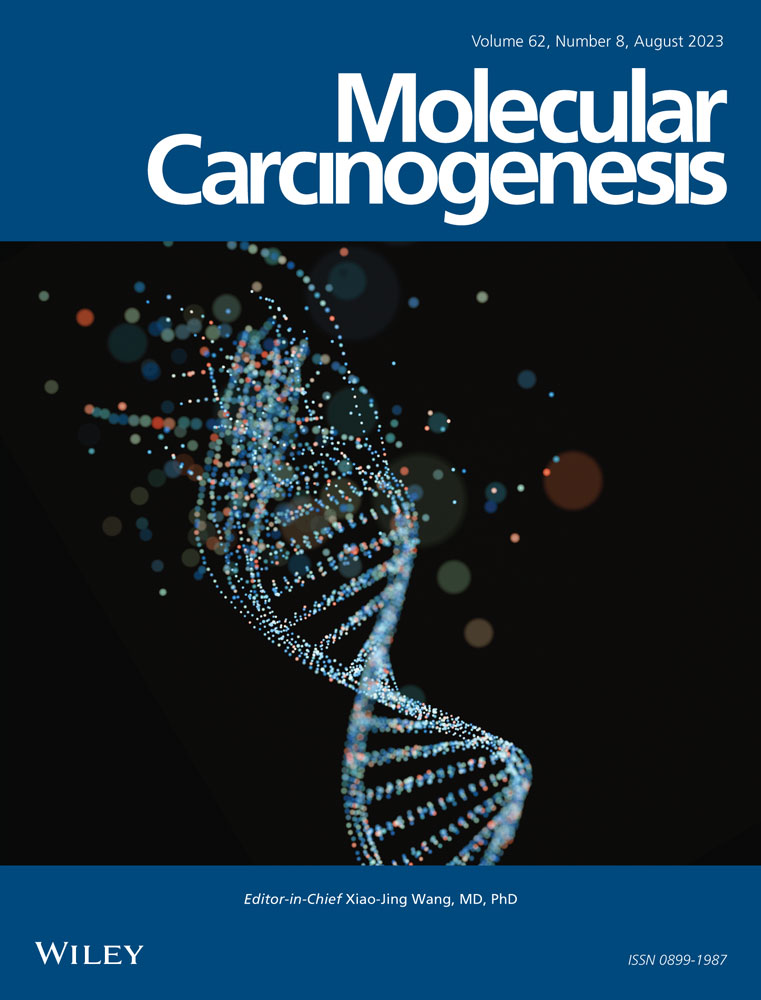A systems biology-based approach to screen key splicing factors in hepatocellular carcinoma
Abstract
A splicing factor is as an important upstream regulator of the alternative splicing process. Hence, it is considered to be a therapeutic target for hepatocellular carcinoma (HCC) tissues. In this study, a systems biology-based methodology was used to screen the essential splicing factors precisely and efficiently. A more comprehensive set of alternative splicing events, which were linked to patient survival, was constructed by performing the bivariate Cox regression and receiver operating characteristic (ROC) analyses. Then, the expression data was obtained from The Cancer Genome Altas (TCGA) data set and the three Gene Expression Omnibus (GEO) datasets. It was used to obtain the survival-related splicing factors, which showed a significantly differential expression in the tumor and normal tissues. Using the topological properties of the bipartite graph association network of the alternative splicing events and the splicing factors, we identified the five key splicing factors. Among them, four factors were found to play a prominent role in the development of HCC. The remaining factor was Survival Motor Neuron Domain Containing 1(SMNDC1), which showed a positive correlation with the immune cell infiltration, the biomarkers of immune cells, and the immune checkpoint genes. By performing quantitative real-time polymerase chain reaction analyses, we proved that SMNDC1 was overexpressed in tumor cells. Following the knockdown of its expression, the proliferation and the migration of HCC cells could be suppressed. These results confirmed that the screening method of this study was reliable and accurate. It provided new insights into the mechanism through which splicing factors elicit tumor development.
CONFLICT OF INTEREST STATEMENT
The authors declare no conflict of interest.
Open Research
DATA AVAILABILITY STATEMENT
The data that support the findings of this study are available in TCGA, TCGASpliceSeq, GEO database at https://portal.gdc.cancer.gov/, https://bioinformatics.mdanderson.org/TCGASpliceSeq/index.jsp, https://www.ncbi.nlm.nih.gov/geo/, reference number TCGA-LIHC, GSE39791, GSE102079, GSE14520. These data were derived from the following resources available in the public domain:—TCGA-LIHC, https://portal.gdc.cancer.gov/projects/TCGA-LIHC—Liver Hepatocellular Carcinoma [LIHC], https://bioinformatics.mdanderson.org/TCGASpliceSeq/PSIdownload.jsp—GSE39791, https://www.ncbi.nlm.nih.gov/geo/query/acc.cgi?acc=GSE39791—GSE102079, https://www.ncbi.nlm.nih.gov/geo/query/acc.cgi?acc=GSE102079—GSE14520, https://www.ncbi.nlm.nih.gov/geo/query/acc.cgi?acc=GSE14520




